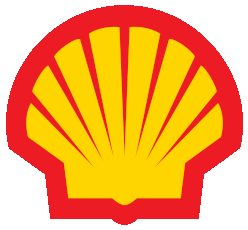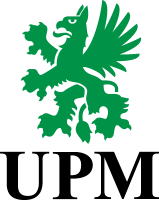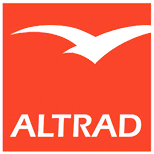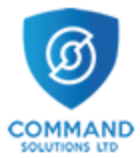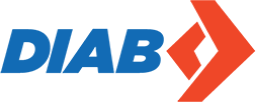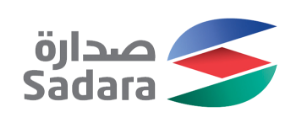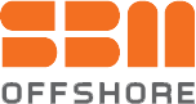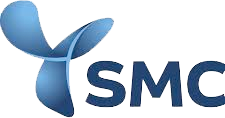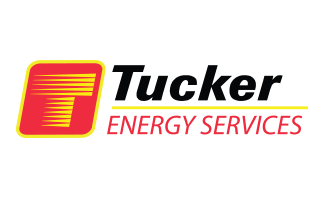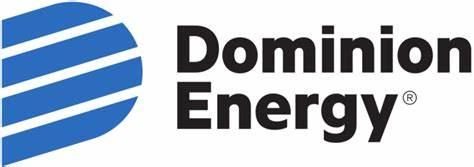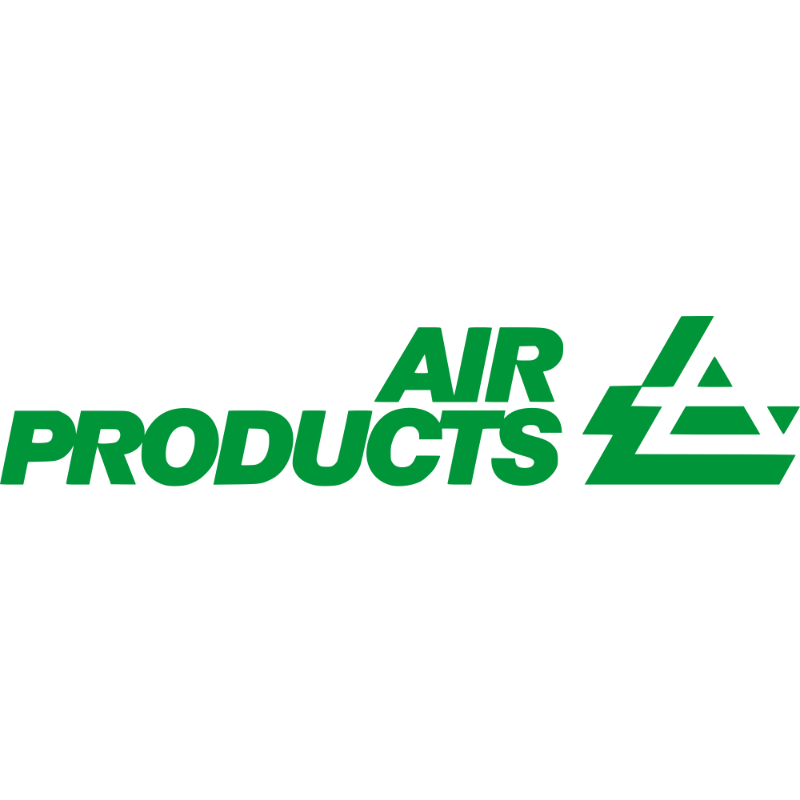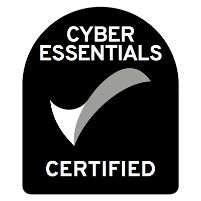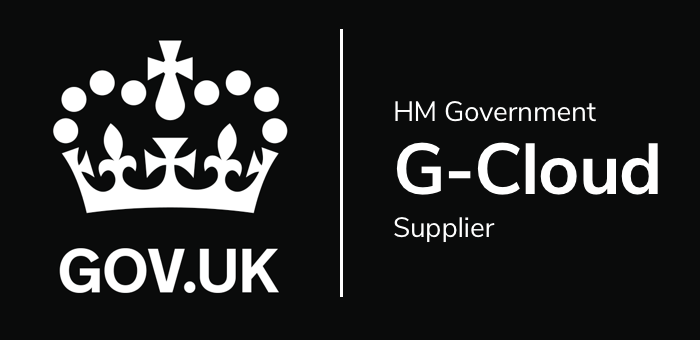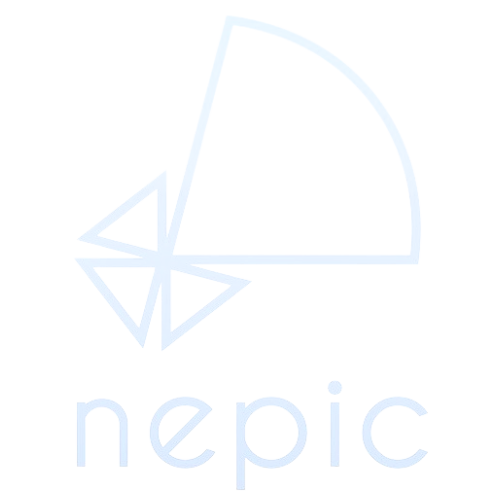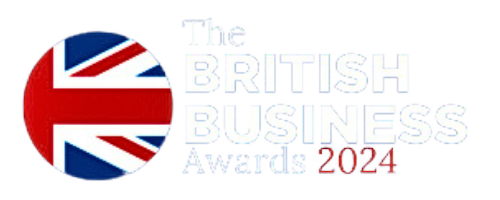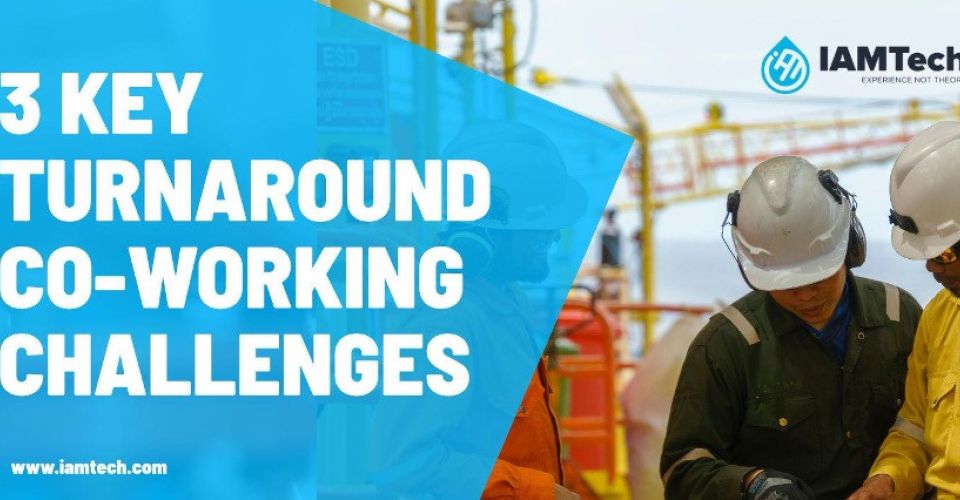
3 Operator/Contractor STO Co-working Challenges (and how to overcome them)
In this blog we look at the increasing dependence on external contractors to help execute the majority of STO’s, the pitfalls, and how to avoid failure when executing your next turnaround.
Here are 3 key challenges and how you can overcome them.
1. Challenge: Lack of Skills and Coordination
In the early days, most plant shutdowns, turnarounds, and outages were carried out in-house, with dedicated staff. This changed over the years as companies started to reduce the size of their workforce in a bid to reduce overhead cost.
Today, shutdowns and other maintenance tasks are predominantly performed by external contractors, working together with a smaller in-house team. Whilst these contractors are reputable providers, they are often chosen based on cost, where the cheapest bidder wins the contract. With less money to pay their staff, these contractors usually lose the most competent Turnaround experts, as they leave to find more competitive salaries.
For owner operators, the result of using less skilled and experienced staff translates into longer turnaround times, which can eradicate initial savings and increase the risk of failure – the plant being offline longer than the planned window.
In these uncertain times, the pressure to cut costs will only increase, so how do we get the most out of the owner/operator and contractor relationship?
The solution
The best way to ensure that contractors and your own staff work most effectively together to perform a Turnaround, is to ensure all participants in the event can access all necessary information, for careful coordination and clear communication.
Using a proven Turnaround planning & execution workflow, and ensuring that everyone involved adheres to it is key to an efficient, failure-free turnaround. IAMTech’s Turnaround software, iPlanSTO ensures all personnel involved in your STO are scoping, planning, estimating scheduling and delivering work the same way by using a workflow perfected from the software’s use in 100’s of STO’s over the last two decades.
Additionally, it allows access to all information required by staff and contractors alike, without compromising the security or integrity of your ERP or EAM systems – iPlan allows 3rd party contractors to read and make changes to data in your ERP, without having to be granted access to your ERP.
It does this by acting as a secure, cloud-based ‘sandbox’ for all participants to collaborate and work together in pre, during and post Turnaround. iPlanSTO gives clients complete control over who has access to what information, permissions in the software are linked to roles, roles are then assigned to user accounts. This allows both asset owners and maintenance contractors to get the information they need to operate in an informed manner without compromising data integrity, nor an asset owner operators IT security.
2: Challenge: Lack of Asset Knowledge
External contractors who have staff that change frequently and who have not worked with your company and its assets previously will not be as familiar with your assets or workflow as your own resources.
They need support and knowledge from the operator, however with the asset owners primary focus being to create value from their assets, they may neglect to manage or store knowledge related to assets.
With an ageing technical workforce, personnel shortages and ever-changing societal circumstances, the risk of losing asset knowledge internally, let alone communicating it to support external contractors, is very real.
This increases the risk of failure exponentially as time passes and experienced staff leave along with much of the knowledge they have accumulated over the years or decades.
The solution
iPlan allows you to plan for tomorrow (future Turnarounds) by learning from yesterday (any past Turnarounds retained in the iPlan software).
It does so by retaining all historical Shutdown-Turnaround-Outage data and linking it back to work orders and the plant equipment history.
This history can be re-utilised time and again so that users can understand all historical works, estimated and actuals – by capturing the actual duration, manhours, and cost, and comparing these values to the estimated / planned equivalents, asset owners and contractors can learn & improve their estimate accuracy each time.
Using this history, and refining it each time, reduces the time involved in replanning events, and consequently saves significant costs by reducing the number of personnel required to successfully plan an event.
3. Challenge: Measuring and Optimising Productivity
With a fluid workforce, from turnover of resources with your own employees, and using multiple contractors with every Turnaround, it can be difficult to track productivity (defined as the ratio of output over input) and effectively measure it.
It is, however, essential to measure, without measuring productivity, it is impossible to measure any improvement with it.
Poor productivity can have many causes. It may be insufficient planning from the outset, lack of skills, or poor communication. With operations as complex as Turnarounds, with 10,000’s of tasks, hundreds of personnel, and a reliance on having the right materials at the right time and in the right place, it is inevitable that there will be bottlenecks.
In the context of working with contractors, this can quickly lead to a blame culture, souring the relationship and ultimately leading to either worse productivity, or even total failure.
This does not have to be, as no one wishes to be unproductive, and everyone wants to feel valued and proud of personal and collective accomplishments – fulfilment through purpose! Contractors want to keep clients, and owner operators want a good relationship with contractors that they can rely on.
So how do we ensure that we are getting the most out of all stakeholders in our Turnarounds & maintenance projects?
The Solution
As mentioned above, the first step to improving productivity is to measure it accurately.
IAMTech’s iPlan software helps visualise the productivity ratios of all personnel delivering your STO.
iPlanSTO allows you to capture actual start, actual finish, actual number of resources, total number of manhours, actual costs and percentage complete.
Turnaround Productivity |
= |
Wrench Time |
X |
Earned Hours |
X |
Burned Hours – Variation Hours |
Total Time |
Burned Hours |
Burned Hours |
With everyone involved in your STO using the same piece of software, you standardise your shutdown, turnaround, outage, and TAR methodology, ensuring everyone is working and delivering work in a uniform way that can be used to measure the productivity of your Turnaround.
The iPlan software will give you a more accurate picture of your STO scoping, planning and execution status. This data is then displayed in visual management dashboards, allowing you at a single glance to understand event progress, risks, spend and productivity.
Reports, including earned versus burned, can be shared to quickly understand key information such as estimated hours vs actual hours and productivity ratios.
This holds everyone on the project to account, and will ultimately increase productivity, creating an environment and relationship conducive to a successful turnaround, shutdown or outage, and long term, successful partnerships.
Conclusion
With ever more pressure on oil and gas companies to reduce overheads, the reliance on external contractors is, if anything, likely to increase. Finding the right partner to help execute your Turnarounds is crucial to long-term success.
More importantly, having a clear workflow that ensures everyone is banging in rhythm, the same drum, is going to mitigate the risk of failure.
In this blog we have just a few tips about how to create more productive owner/operator co-working to boost productivity using iPlan, but there is much more to discover.
At IAMTech we have decades of hands-on experience, and every aspect of our iPlan software has been built based on real-world challenges, not theory.
Why not get in touch and see how we can help you increase your return on investment on your turnarounds, and ultimately, future-proof your business.


